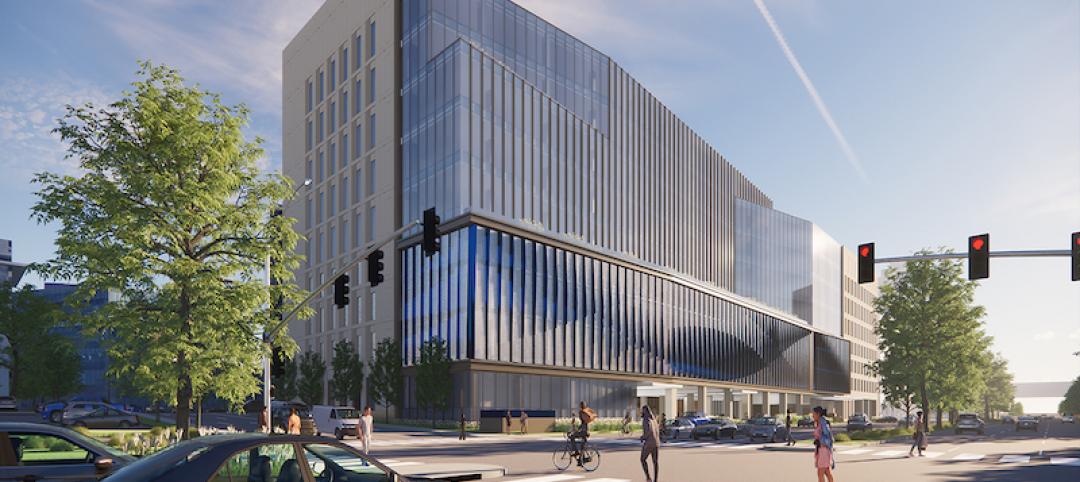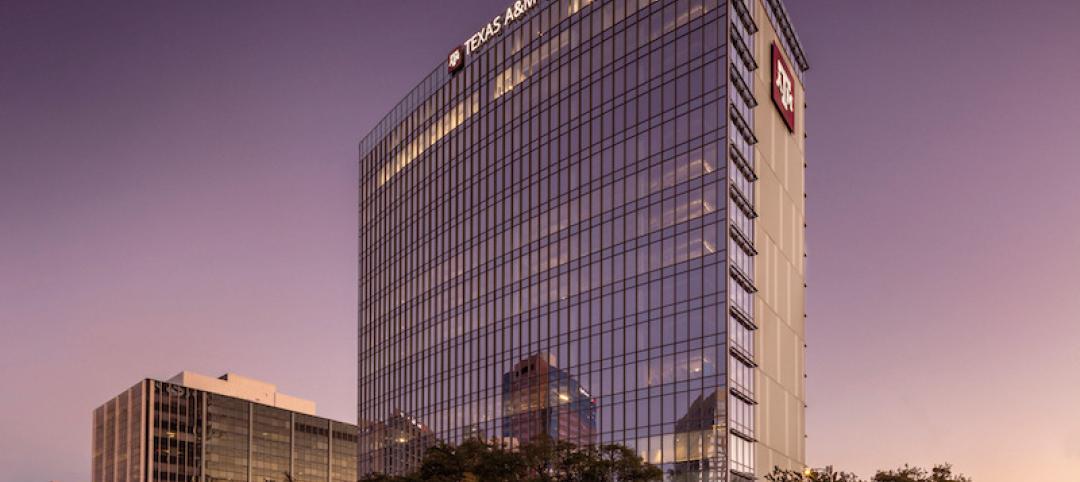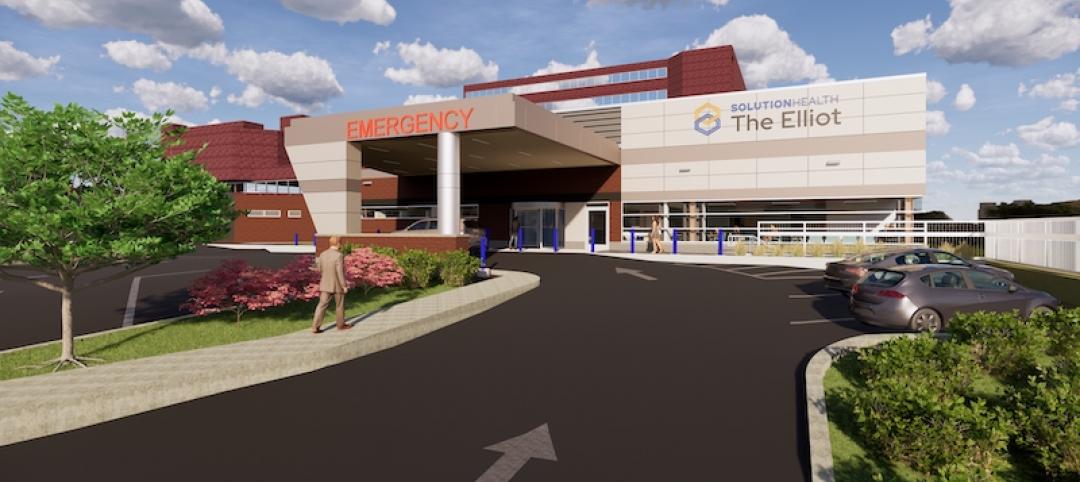Drone technology is slowly but steadily flying its way into the healthcare sector.
In late March, the WakeMed Health & Hospitals system started using drones to transport blood samples from a medical park in Raleigh, N.C., to its main hospital one-third of a mile away. Drones have been making that trip at least six times a day, five days a week, according to drone supplier Matternet, which is partnering in this program with the hospital, UPS, and the state’s Department of Transportation. This is the first time the Federal Aviation Administration has allowed regular commercial flights of drones to carry products, according to the Associated Press.
The FAA has also signed off on a test program in Nevada that would use drones to transport defibrillators to patients in rural areas during emergencies. That program, scheduled to start in Reno next year, will be supplied by the drone company Flirtey, whose machines will be pilot-controlled from remote locations.
Drones are seen as possible tools to support a hospital’s resilience. Leo A Daly’s Miami studio has developed a concept for a drone-powered hospital, which would use unmanned aerial vehicles (UAVs) to deliver food and medical supplies directly to patients.
Eduardo Egea, AIA, NCARB, a vice president and managing principal at the firm, says this idea was inspired by his personal experiences aiding relief efforts in Puerto Rico following Hurricane Maria, a natural disaster from which the island still hasn’t fully recovered.
During that storm, the entire island lost power. Many roads were either destroyed or impassable. Patients in hospitals were stranded without access to food, medication, or air conditioning. Indeed, Egea recalls trying to get family members off the island, including his father and mother, both in their late 70s, with one suffering from dementia and the other a cancer patient in remission.
He describes the drone-powered hospital as a new type of facility that incorporates autonomous aircraft into a supply chain that would include a network of fulfillment centers that the drones would draw from. In this “last mile” approach, “food, medicine, and other medical supplies are delivered directly to patients as needed via a drone port integrated into the exterior wall of each patient room,” explains Egea.
That port would, essentially, be a valve through which the docked cargo could slide and be accessed in a cabinet within the patient’s room.
Using drones in this manner would add another layer of resilience to the hospital’s operations. And by moving certain materials management, storage, food production, and pharmacy functions off-site, Egea estimates that a drone-powered hospital could be 15% to 17% smaller in square footage.
Leo A Daly is currently looking for partners to test this concept with healthcare systems, retailers, and suppliers. It developed its concept as a “what if” for the future 64-bed Guaynabo City Hospital in Puerto Rico, which is still in the planning stage and has yet to send out an RFP. “A potential outcome is to find a best possible use for the site via a public private partnership,” Egea tells BD+C.

A patent-application image presented by Amazon that shows a beehive-shaped fulfillment center from which drones could pick up supplies for deliveries to occupants of hospitals, high-rises, and other buildings. Image: Amazon/U.S. Patent and Trademark Office
Egea says his firm is encouraged that its concept is feasible by Amazon’s vision of food distribution aligned with its recent acquisition of Whole Foods. Drone-powered delivery presents hospitals with opportunities to partner with pharma companies, food retailers, and other suppliers. “The concept of a drone-powered hospital touches many other industries, and involves many logistical, security, and technological questions that suggest business opportunities,” says Egea.
“The healthcare industry is getting away from the idea of large, complex facilities, and moving toward more ambulatory care,” he adds. “A drone-powered micro-hospital could be easily assembled and introduced into any community, supported by the strength of drone-assisted last-mile fulfillment.”
Related Stories
Healthcare Facilities | Aug 4, 2021
When the hospital becomes home
Patients and their loved ones need a variety of meaningful spaces outside the patient room to enhance feelings of optimism and control.
Healthcare Facilities | Aug 3, 2021
New 9-story outpatient facility planned on Washington University Medical Campus
Lawrence Group and Perkins Eastman are designing the project.
Healthcare Facilities | Jul 27, 2021
Texas Oncology continues to expand its reach
It is replacing and consolidating a number of its cancer care centers.
Contractors | Jul 23, 2021
The aggressive growth of Salas O'Brien, with CEO Darin Anderson
Engineering firm Salas O'Brien has made multiple acquisitions over the past two years to achieve its Be Local Everywhere business model. In this exclusive interview for HorizonTV, BD+C's John Caulfield sits down with the firm's Chairman and CEO, Darin Anderson, to discuss its business model.
Daylighting Designs | Jul 9, 2021
New daylighting diffusers come in three shape options
Solatube introduces its newest technology innovation to its commercial product line, the OptiView Shaping Diffusers.
University Buildings | Jul 1, 2021
Texas A&M University’s new Engineering Medicine program receives a new, unique space
EYP designed the project.
Healthcare Facilities | Jun 29, 2021
New Flagler Health+ Campus breaks ground in Durbin Park
Gresham Smith designed the project.
Healthcare Facilities | Jun 25, 2021
Hospital serving New Hampshire’s largest metro is expanding its ED
A pandemic delay led the design-build team to rethink the addition’s reception, waiting, and triage areas.
Resiliency | Jun 24, 2021
Oceanographer John Englander talks resiliency and buildings [new on HorizonTV]
New on HorizonTV, oceanographer John Englander discusses his latest book, which warns that, regardless of resilience efforts, sea levels will rise by meters in the coming decades. Adaptation, he says, is the key to future building design and construction.
Healthcare Facilities | Jun 10, 2021
Abrazo Cave Creek Hospital completes in Cave Creek, Ariz.
E4H Architecture designed the project.










![Oceanographer John Englander talks resiliency and buildings [new on HorizonTV] Oceanographer John Englander talks resiliency and buildings [new on HorizonTV]](/sites/default/files/styles/list_big/public/Oceanographer%20John%20Englander%20Talks%20Resiliency%20and%20Buildings%20YT%20new_0.jpg?itok=enJ1TWJ8)





